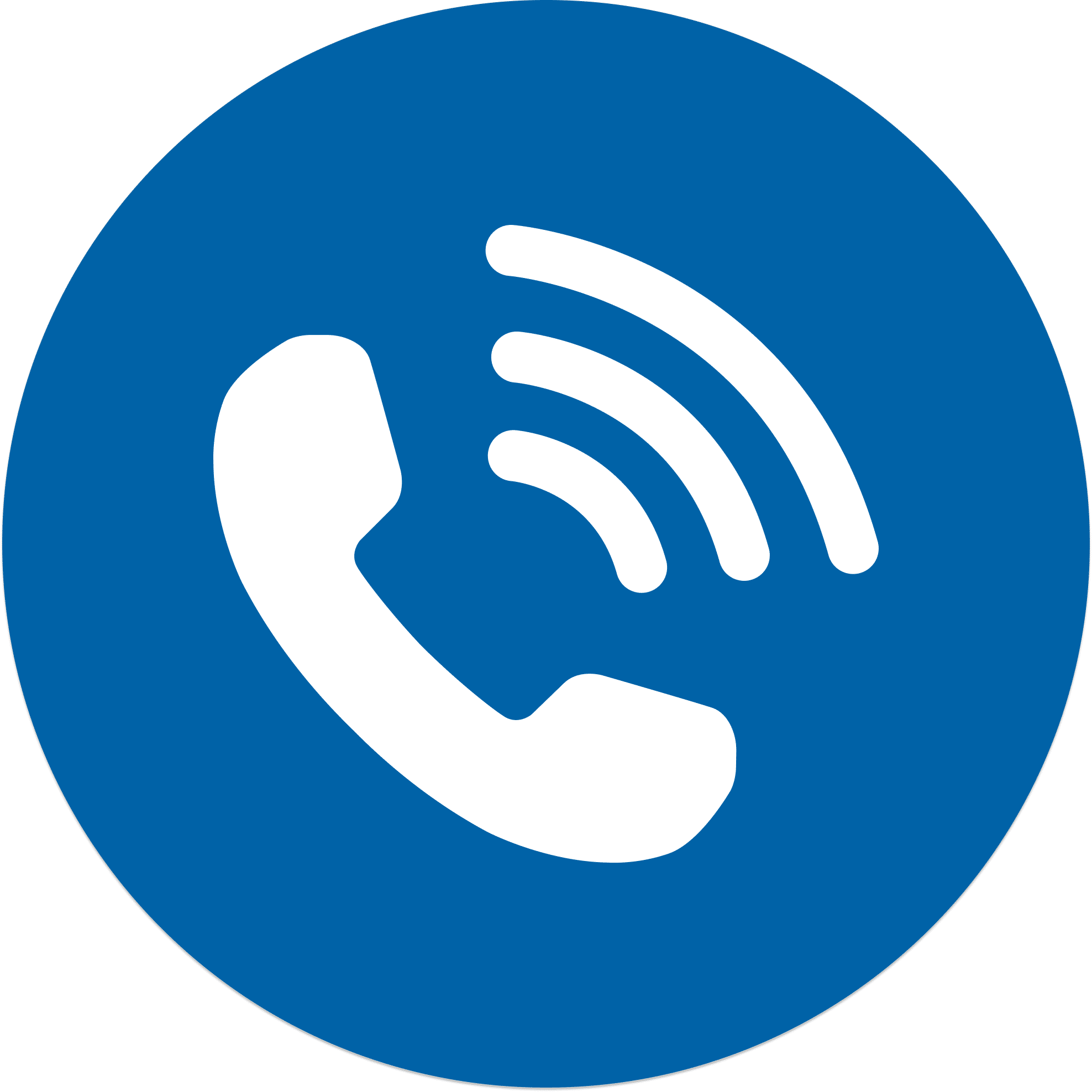Eye health is vital at any age, but children especially need their vision to learn and develop, both socially and cognitively. That’s why pediatric eye exams should be performed starting early in a child’s life, to ensure that they aren’t developing any vision issues, or, if they do, they can be treated immediately to prevent any further problems down the road. The key to pediatric eye exams is that the child feels calm and safe. It’s generally recommended that a parent stays in the room with them to keep them relaxed and that their exams are performed with their peace of mind.
Table of Contents
Children’s Eye Examinations with a Pediatric Ophthalmologist
It’s recommended that children should have their first eye exam at about six months old, whether they are showing signs of vision problems or not. After this exam, they should regularly have eye exams annually, starting at three years old. These exams are essential for testing for vision issues so that a pediatric ophthalmologist can address any problems right away.
Eye Exams for Infants
While vision skills continue to develop as a child grows older, vision issues can still emerge early. The eye exams for younger infants focus more on basic eye responses. They can include:
- Testing pupil responses to light
- Making sure the eyes are aligned properly
- Testing how the eyes move with a fixate-and-follow test
- Testing their preferential looking, using cards to attract their gaze to see what their vision can do
- Check for refractive errors
Eye Exams for School-Aged Children

When children hit three to five years old, their eye exams become more involved.
LEA Symbols Test
This test uses pictures of objects, like animals, fruit, and shapes, to replace letters for children who cannot read. This tests visual acuity and depth perception.
Visual Acuity Test
For children who can read, the exam will be a standard eye test that uses letters. It serves the same purpose and checks for visual acuity and depth perception.
Retinoscopy
A doctor will shine a light into a child’s eye to see how it reflects off the retina to check for refractive errors.
Random Dot Stereopsis
A doctor will use a pattern of dots and 3D glasses to see how well each eye works together and separately.
Pupil Test
We will shine a bright light in each eye to see if the pupil reacts correctly.
Eye Movement Test
With a pen, finger, or toy, a doctor will move in different directions to test how a child’s eyes follow it. This test also checks peripheral vision.
Common Visual Disorders in Children
There are a handful of visual disorders that are more common in children.
Amblyopia
Amblyopia, or lazy eye, is when there is reduced vision in one eye caused by abnormal visual development early in life.
Strabismus
Strabismus is a disorder in which the eyes don’t look in exactly the same direction at the same time. This can be caused by a nerve injury or dysfunction of the muscles controlling the eye.
Ocular Abnormalities
More common abnormalities can include:
- Refractive errors, like nearsightedness, farsightedness, and astigmatism
- Glaucoma
- Cataracts
How Are Pediatric Eye Conditions Treated?
Depending on the results of your child’s eye exam, there are a variety of treatment options. Some common treatments for children include:
- A prescription for glasses
- Recommendation for frequent sunglasses use
- Medication to reduce any inflammation or infection
- Wearing an eye patch for amblyopia
- Vision therapy for weak eye muscles
- Surgical repair when necessary
Children’s Eye Exams With Renowned Pediatric Ophthalmologist Dr. Pierre
Eye exams for children are absolutely vital to their overall health and development, starting at the infant stage. Even if they’re not showing any indications of visual problems, it is important to have them tested so that if any issues are found, they can be treated right away. If your child is in need of an eye exam or any other eye health needs, don’t hesitate to reach out to our knowledgeable staff at Cleveland Eye Clinic. Dr. Pierre is a celebrated pediatric ophthalmologist who specializes in pediatrics and has expertise in keeping children calm and comfortable while efficiently performing their exams. You can be assured that your child will be in the very best hands. Make sure your child sees a bright future.








